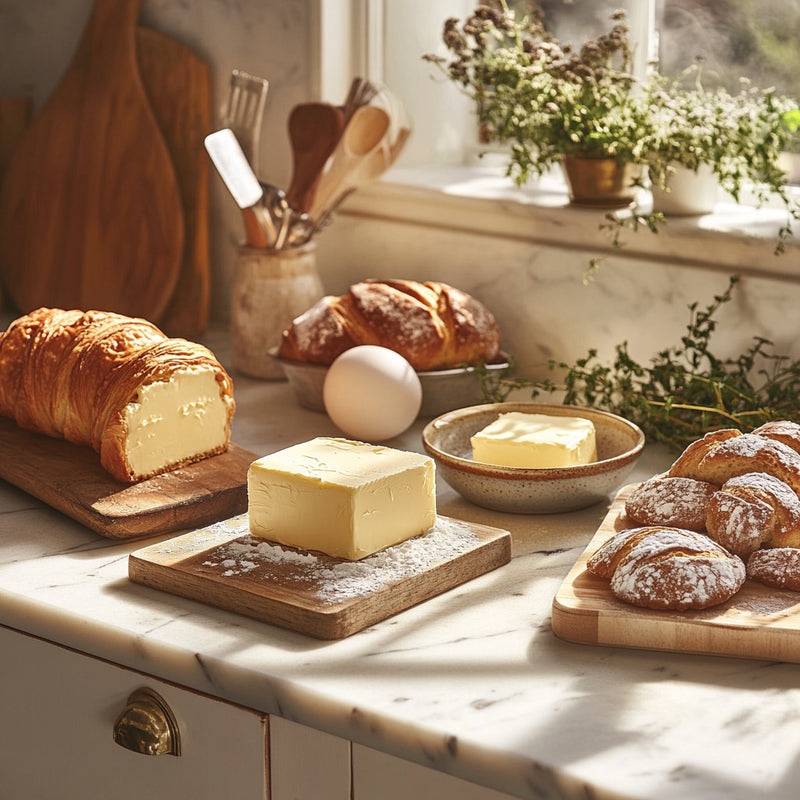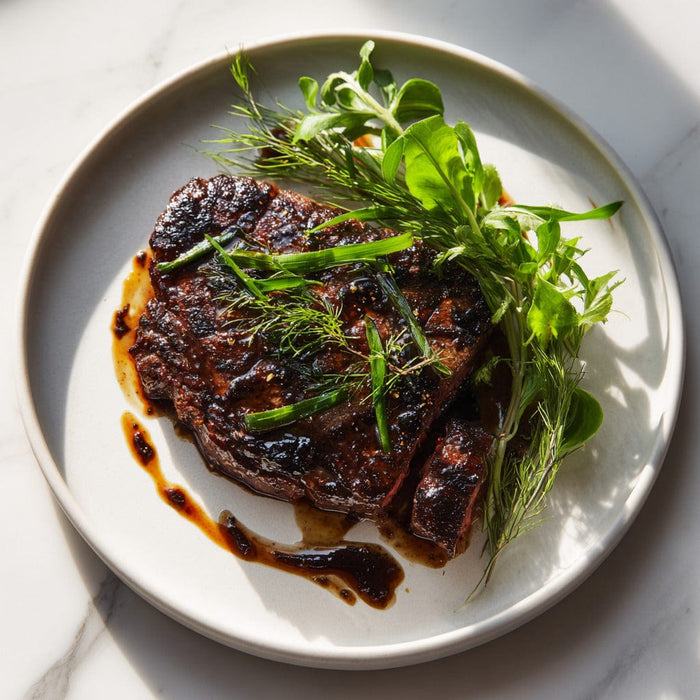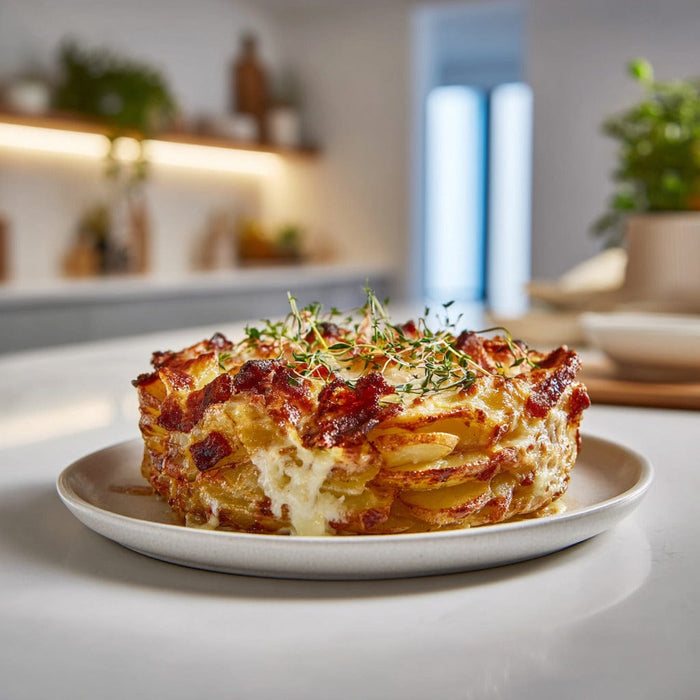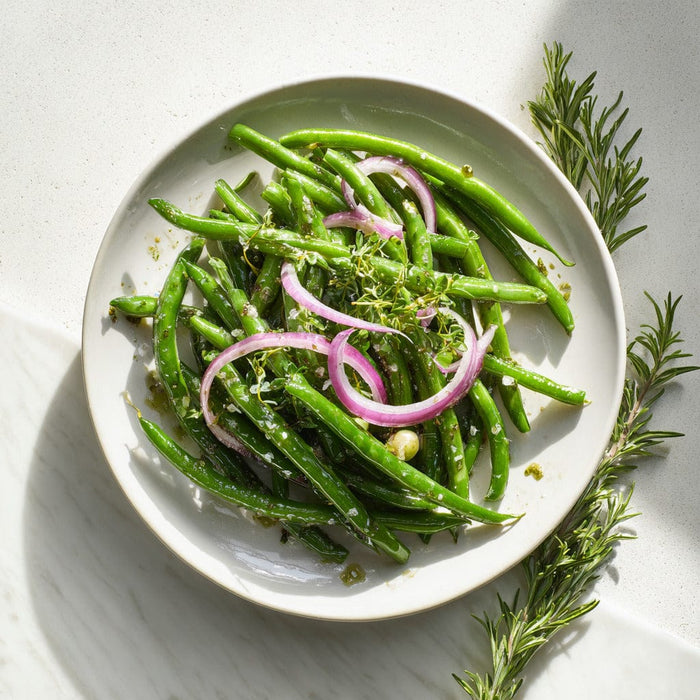
Understanding the Key Differences Between European and American Butter
Butter is a versatile kitchen staple, but when it comes to baking or cooking, the type of butter you use can significantly impact your results. While American butter is the go-to for many households, European-style butter has been gaining acclaim in culinary circles. But what exactly sets them apart, and when should you use each? Here’s everything you need to know about the differences, including expert opinions on how to use them effectively.
The Core Difference: Butterfat Content
The primary distinction between European and American butters lies in their butterfat content. U.S. laws require butter to have a minimum of 80% butterfat, while European-style butter boasts at least 82% butterfat, with brands like Challenge Butter’s Danish Creamery reaching as high as 85% butterfat. This difference may seem small, but it has major implications for texture, flavor, and baking outcomes.
European-Style Butter: Richer and Creamier
European-style butter is often characterized by its higher fat content, creamier texture, and deeper buttery flavor. The longer churning process used for this butter removes more water, creating a product that shines when butter is a central flavor component in a recipe.
Best Uses for European-Style Butter
-
Pound Cakes, Shortbreads, and Pie Crusts
Recipes where butter is a highlight are perfect for European-style butter. Its richness delivers an elevated flavor and texture. For instance, highly-regarded pastry chefs like Michelle Lopez and Jenni Fields emphasize its role in baked goods, where it creates velvety crumbs and flakier crusts. Alanna Taylor-Tobin also recommends using it in laminated doughs (like croissants or puff pastry), as its higher fat content leads to enhanced flakiness. -
Brown Butter Recipes
European butter’s high fat content makes it ideal for browning. When heated, it yields richer, nutty, golden-brown bits that add warmth and toasty depth to dishes like sauces or baked goods. -
Buttercream Frostings and Spreads
The creaminess of European butter enhances frostings and makes it the ultimate indulgence for spreading on bread or toast.
Key Takeaway
European-style butter is worth the splurge for special recipes or when the butter plays a starring role. Whether you're baking an indulgent pound cake or crafting a perfect pie crust, its higher fat content and richer taste are game-changing.
American-Style Butter: The Everyday Staple
More neutral in flavor with a slightly higher water content, American-style butter is the unsung hero of most kitchens. Its affordability and versatility make it a key all-purpose ingredient in most recipes.
Best Uses for American-Style Butter
-
Cakes, Cookies, and Brownies
Most American recipes are specifically formulated with the water and fat ratio of American butter in mind. According to expert Cheryl Day, this type of butter works especially well in moist and tender recipes like cakes, brownies, and cookies. -
Everyday Cooking and Baking
As a more economical option, American butter is perfect for everyday needs—from sautéing vegetables to incorporating into batters or sauces. -
Neutral Flavor Recipes
American butter's mild taste blends seamlessly into recipes where other ingredients (like chocolate, fruit, or vanilla) take center stage.
Key Takeaway
American butter is an affordable and reliable workhorse, ideal for most baked goods, savory dishes, and recipes that don’t require butter to stand out as the primary flavor.
When to Choose European vs. American Butter
Opt for European-Style Butter If:
- The butter flavor needs to stand out, such as in shortbread, pie crusts, pound cakes, or buttercream frosting.
- You’re creating laminated doughs like croissants and puff pastry for flakier layers.
- You’re making brown butter for recipes that call for rich, nutty notes.
Stick to American-Style Butter If:
- You’re making recipes like cookies, cakes, or brownies that are typically written for its specific fat content.
- You’re on a budget and looking for an affordable, multi-purpose option.
- You’re cooking savory dishes where the butter won’t be the main flavor driver.
Expert Insights from Pastry Chefs
- Michelle Lopez: Fell in love with European-style butter for its richer taste and recommends it for baked goods where butter is the star flavor.
- Ben Yee (Real California Milk): Views American-style butter as a reliable, neutral-flavored all-purpose staple for everyday recipes.
- Cheryl Day: Emphasizes the importance of butter in baking and uses American butter for cakes and cookies, but European butter for pie crusts and highly buttery recipes.
- Becky Sue Wilberding: Notes the elevated performance of European butter when making brown butter due to its higher fat content.
Final Thoughts
The choice between European and American butter ultimately comes down to the recipe, your budget, and the role you want butter to play. For indulgent treats and recipes where butter takes the spotlight, invest in European-style butter. For everyday use, American butter is an economical and versatile option that delivers consistent results. By keeping both types on hand, you can easily switch between the two based on your cooking or baking needs!




